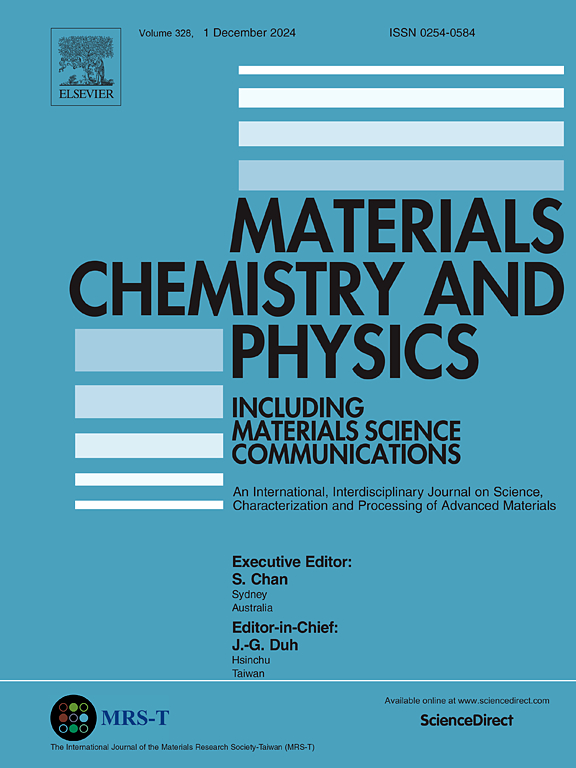不同电流工作模式下铝合金扫描微弧氧化陶瓷涂层的性能评估
IF 4.3
3区 材料科学
Q2 MATERIALS SCIENCE, MULTIDISCIPLINARY
引用次数: 0
摘要
本文章由计算机程序翻译,如有差异,请以英文原文为准。
Performance evaluation of scanning micro-arc oxidation ceramic coating on aluminum alloy under different current working modes
Micro-arc oxidation is a conventional surface treatment technology. Usually, the workpiece is placed in an electrolyte for oxidation to improve its surface properties. However, this method has obvious limitations, namely, it is difficult to effectively process large workpieces, or the processing process may not be convenient enough. To solve this problem, this paper proposes a non-immersion micro-arc oxidation process, namely scanning micro-arc oxidation, which uses a three-axis slide to control the cathode movement for scanning micro-arc oxidation without immersing the sample metal in the electrolyte. At the same time, scanning micro-arc oxidation is performed by adjusting the working mode of the power supply, and the effect of the current mode on the performance of micro-arc oxidation ceramic coatings is studied. The relationship between the current mode and the thickness, hardness, wear resistance, and corrosion resistance of the ceramic coating is revealed through various characterization techniques. Using a three-axis slide to realize scanning micro-arc oxidation and explore the performance of micro-arc oxidation ceramic coatings under different current modes is expected to optimize the micro-arc oxidation process in specific application scenarios.
求助全文
通过发布文献求助,成功后即可免费获取论文全文。
去求助
来源期刊

Materials Chemistry and Physics
工程技术-材料科学:综合
CiteScore
8.70
自引率
4.30%
发文量
1515
审稿时长
69 days
期刊介绍:
Materials Chemistry and Physics is devoted to short communications, full-length research papers and feature articles on interrelationships among structure, properties, processing and performance of materials. The Editors welcome manuscripts on thin films, surface and interface science, materials degradation and reliability, metallurgy, semiconductors and optoelectronic materials, fine ceramics, magnetics, superconductors, specialty polymers, nano-materials and composite materials.
 求助内容:
求助内容: 应助结果提醒方式:
应助结果提醒方式:


